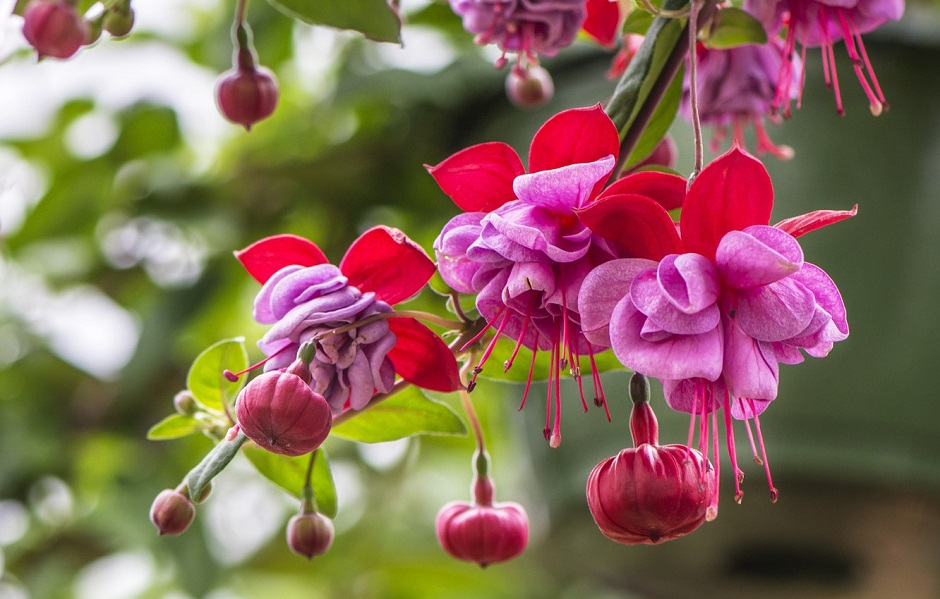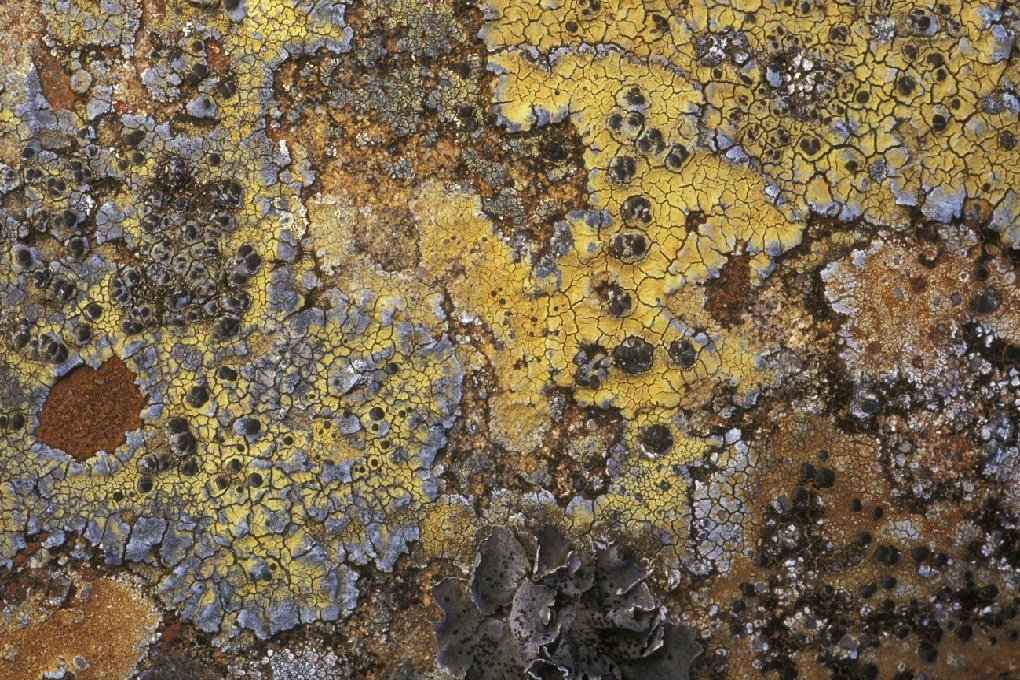Wee History of Scottish Flora
Thistle – According to a legend, an invading Norse army was attempting to sneak up at night upon a Scottish army’s encampment. During this operation one barefoot Norseman had the misfortune to step upon a thistle, causing him to cry out in pain, thus alerting Scots to the presence of the Norse invaders. Some sources suggest the specific occasion was the Battle of Largs, which marked the beginning of the departure of King Haakon IV (Haakon the Elder) of Norway who, having control of the Northern Isles and Hebrides, had harried the coast of the Kingdom of Scotland for some years. The food Artichoke is a Thistle.
Bog Myrtle – The foliage has a sweet resinous scent and is a traditional insect repellent, used by Scottish campers to keep biting insects out of tents. It is also a traditional component of royal wedding bouquets and is used variously in perfumery and as a condiment.
Queen Victoria was given a sprig of Bog Myrtle which she planted on the Isle of Wight. Her daughter used some of the plant that grew in her wedding bouquet, starting a royal tradition.
Bluebells – The bluebell is regarded as the United Kingdom’s favorite flower. Landowners are prohibited from removing wild bluebells on their land and it is a criminal offence to remove the bulbs of wild bluebells. “Bluebell woods” are a familiar and beloved sight in Scotland.

Primrose – is endemic to northern Scotland where it’s found along the northern, Pentland Firth, coast of the mainland in the Highlands and on the other side of the Pentland Firth in the Orkney Islands.
A survey in found the Scottish Primrose to be present at 194 sites from Durness in Sutherland to Dunbeath in north eastern Caithness.
Mountain Avens – have a widespread occurrence throughout mountainous areas where it is generally restricted to limestone outcrops. Eight petals make the flower which is an unusual number in this flower family where five is the normal number.
Scottish Proverb – “May the scent of the heather, and bonnie blue bell waft a message to you, that no words can tell. May the links of our friendship, keep steadfast and true. Good fortune and health, be ever with you.”
Ayrshire Flower Show – Ayr is a village situated on the southwest coast of Scotland located on the River Doon. It is best known as the birthplace of poet, Robert Burns. The Ayr Flower Show takes place on the first weekend in August. Set in the 31 acres of Rozelle Park close to Burns’ Birthplace in Alloway, the three-day Ayr Flower Show is a family festival in which gardening enthusiasts have an opportunity to admire and purchase plants and related gardening items and enjoy some good food from across the UK. The Ayr Flower Show began in 1960 and has taken place each year from that date. Today, the show welcomes around 30,000 visitors from across the UK over the three days, with a significant number of visitors recently arriving from Northern Ireland. The entire event brings in more than £1 million into the local economy.
Cuckoo Flower – In folklore it was said to be sacred to the fairies, and so was unlucky if brought indoors. It was not included in May Day garlands for the same reason. Dandelion – Dandelions are fantastically common plants that flowers on paths, in fields & roadsides for seven months of the year. The name ‘dandelion’ comes from the French ‘dent de lion’ the ‘tooth of lion’, as the jaggy toothed leaves were thought to resemble a lion’s mouth and teeth. They have long been used by people, as well as wildlife, for its many nutritional and health benefits. Dandelions are high in antioxidants, a boost to the immune system and a possible suppressant of cancer cells. During the second world war, when coffee was scarce, its roots were ground to make a substitute for a healthy tasty brew; the leaves could even be dried and smoked instead of tobacco! I found it interesting that it was also eaten as one of the bitter herbs during the Jewish Passover Seder.

Fuchsia – Leonhart Fuchs, the eminent namesake of the genus, was born in 1501 in Bavaria. A physician and professor, he occupied the chair of Medicine at the University of Tübingen from his appointment at the age of 34 until his death in 1566. Besides his medical knowledge, according to his record of activities which was extensive for the time, he studied plants. This was usual for the period. Most remedies and medicines were herbal and the two subjects were often inseparable. In the course of his career Fuchs wrote the seminal “De Historia Stirpium Commentarii Insignes”, which was richly illustrated and published in 1542. Along with Otto Brunfels (1489–1534) and Hieronymus Bock (1498–1554), also called Hieronymus Tragus, he is today considered one of the three fathers of botany. It was in honor of Fuchs’ and his work that the fuchsia received its name shortly before 1703.
Fuchsia was first introduced into England by a sailor who grew it in a window where it was observed by a nurseryman from Hammersmith, a Mr. Lee, who succeeded in buying it for 80 pounds and propagating it for 10 to 20 pounds each in the trade in 1788. FYI – 80 Pounds in 1788 is equivalent to 12,372 Pounds today & a 20 Pound seedling would have been equivalent to 2,474 Pounds today. Wow!!! PS – Fuchsia is this color. Cool!
Heather – is extremely cold-hardy, surviving severe exposure and freezing conditions well below −20 °C (−4 °F). It was despised until the 19th century for its associations with the most rugged rural poverty. Heather’s growth in popularity may be paralleled with the vogue for alpine plants. It is a very popular ornamental plant in gardens and for landscaping, in lime-free areas where it will thrive.Daffodils (Photo Credit Pinterest.com & scotsman.com) – are grown commercially to produce galantamine for therapeutic use for Alzheimer’s Disease and is believed to referred to in the Bible in the treatment for what is thought to be cancer. The Daffodils started to appear in art in the late Middle Ages depicting crucifixion and came to symbolize not only death but also hope in the resurrection, because they bloom at Easter.

Ferns figure in folklore, for example in legends about mythical flowers or seeds. They are believed to bloom once a year. Although alleged to be exceedingly difficult to find, anyone who sees a fern flower is thought to be guaranteed to be happy and rich for the rest of their life. Similarly one who finds the seed of a fern in bloom on Midsummer night will be guided and able to travel invisibly to the locations where eternally to a spot of hidden treasure. Lastly, ferns are thought to have magical properties such as a dried fern can be thrown into hot coals of a fire to exorcise evil spirits, or smoke from a burning fern is thought to drive away snakes and such creatures.
Lichens – There are more than 1,500 species of Lichens in Scotland which is astounding and of global importance. Lichens come in many colors, sizes, and forms and are sometimes plant-like, but lichens are not plants. Lichens may have tiny, leafless branches; flat leaf-like structures; crust-like, adhering tightly to a surface like a thick coat of paint; a powder-like appearance; or other growth forms. Lichens occur from sea level to high alpine elevations, in many environmental conditions, and can grow on almost any surface. Lichens are abundant growing on bark, leaves, mosses, on other lichens, and hanging from branches and in temperate woodland. They grow on rock, walls, gravestones, roofs, exposed soil surfaces, rubber, bones, and in the soil as part of biological soil crusts. Different kinds of lichens have adapted to survive in some of the most extreme environments on Earth: arctic tundra, hot dry deserts, rocky coasts, and toxic slag heaps. They can even live inside solid rock, growing between the grains. It is estimated that 6–8% of Earth’s land surface is covered by lichens. In the past lichens were widely used for dyeing clothing.
Bryophytes – There are 1,000 species in Scotland. Scottish beardmoss, is a moss endemic to Scotland. Recognized as distinct species in 1982, it had been collected occasionally from 1891 onwards under other names. It has a very restricted habitat, growing only on damp montane schist or basalt ledges. The species receives protection under the Wildlife and Countryside Act 1981.
Trees -There are a variety of important trees species and specimens; a Grand Fir in Argyll, Scotland is the tallest tree in the UK at 209 feet (equivalent to a 21 story building) and the Fortingall Yew may be the oldest living tree in the world and in Scotland. It is believed to be 3,000 to 5,000 years old.
Article Credit: Wikipedia
Photo Credit – Wikipedia
Photo Credit – Colossal
Photo Credit – Nature Scot
Photo Credit – teahub.io
Photo Credit – Walkinghighlands – bestwallpaper.com
Photo Credit – Goodfon





